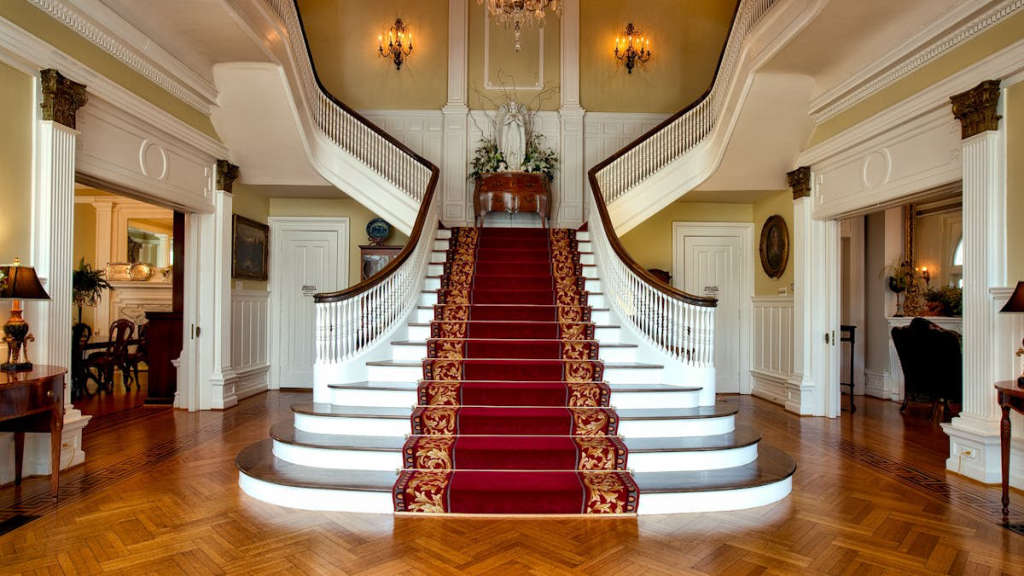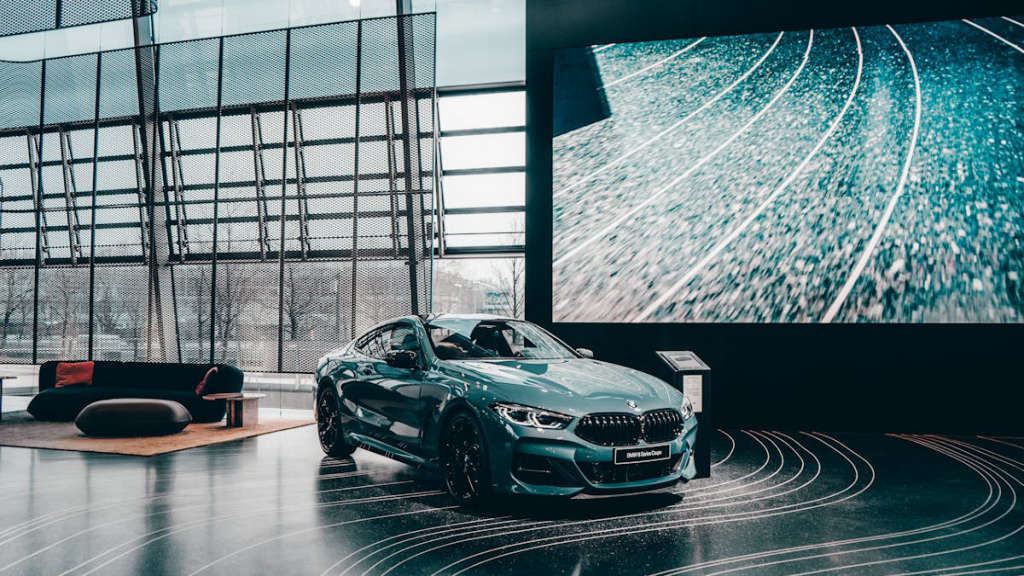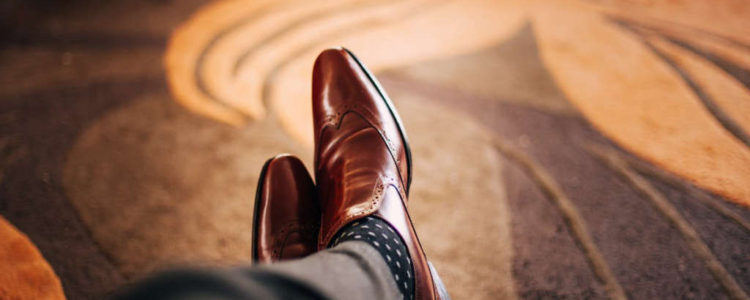As we delve deeper into the world of luxury fashion, we uncover the ever-evolving trends and the growing emphasis on sustainability within the industry. The allure of luxury fashion goes beyond just the materialistic appeal; it represents a lifestyle, an identity, and a statement. In this blog, we will explore the latest trends in high-end apparel and how the industry is embracing sustainability to cater to the changing consumer demands.
Main Points
- Evolution of luxury fashion trends
- Impact of sustainability in high-end apparel
- Consumer perspective on luxury fashion
- The future of luxury fashion and sustainability

The Evolution of Luxury Fashion: From Traditional to Avant-Garde
In the world of luxury fashion, there has been a remarkable evolution from traditional to avant-garde styles. Luxury fashion is not just about clothing and accessories; it has expanded into a lifestyle that encompasses luxury private jets, high-end aircrafts, and luxury aviation experiences.
Traditional Luxury Fashion
In the past, luxury fashion was synonymous with opulence and exclusivity. High-end brands such as Chanel, Louis Vuitton, and Gucci dominated the traditional luxury fashion scene. These brands focused on creating timeless designs and using the finest materials to appeal to a wealthy clientele. Traditional luxury fashion was often associated with classic silhouettes, meticulous craftsmanship, and a sense of tradition.
The Rise of Avant-Garde Luxury Fashion
However, the landscape of luxury fashion has shifted in recent years, giving rise to avant-garde designers and brands. Avant-garde luxury fashion embraces creativity, innovation, and pushing the boundaries of traditional design. Brands like Balenciaga, Off-White, and Vetements have redefined luxury fashion with their unconventional designs, unexpected silhouettes, and bold statements. Avant-garde luxury fashion is all about breaking the rules and creating a new, daring aesthetic.
The Fusion of Tradition and Avant-Garde
Today, luxury fashion has evolved to encompass a fusion of traditional and avant-garde elements. Designers and brands are finding ways to marry timeless craftsmanship and heritage with contemporary, edgy designs. This fusion is evident in the way luxury fashion has expanded to include not just clothing and accessories, but also luxury private jets, high-end aircrafts, and luxury aviation experiences.
- Traditional luxury fashion continues to appeal to a clientele who values heritage and craftsmanship. However, it is now complemented by the avant-garde, pushing the boundaries of design.
- Avant-garde luxury fashion has opened up new possibilities for creative expression and self-expression, attracting a younger, more daring audience.
- The fusion of tradition and avant-garde has created a dynamic, diverse landscape in luxury fashion, catering to a wide range of tastes and preferences.
In conclusion, the evolution of luxury fashion from traditional to avant-garde has brought about a rich tapestry of styles, influences, and experiences. The fusion of tradition and innovation has propelled luxury fashion into new, exciting territories, encompassing not just clothing and accessories, but also luxury private jets, high-end aircrafts, and luxury aviation experiences.

Sustainability Practices in High-End Apparel: A Comparative Analysis
As the demand for luxury private jets, high-end aircrafts, and luxury aviation experiences continues to rise, it is crucial for companies in the high-end apparel industry to prioritize sustainability in their practices. A comparative analysis of sustainability practices in this sector reveals interesting insights into the efforts being made by different brands to minimize their environmental impact.
Materials
One of the key areas of focus for high-end apparel brands is the materials used in their products. Many companies are now opting for sustainable and eco-friendly materials such as organic cotton, recycled polyester, and cruelty-free alternatives to traditional leather and fur. By making this shift, these brands are actively reducing their reliance on depletable resources and minimizing the harm caused by traditional manufacturing processes.
Supply Chain
Another important aspect of sustainability in high-end apparel is the supply chain. Companies are increasingly taking steps to ensure ethical sourcing of materials, fair labor practices, and transparency in their production processes. By working closely with suppliers and manufacturers, these brands are able to maintain control over the entire production process and monitor the environmental and social impact at every stage.
End-of-Life Practices
High-end apparel brands are also rethinking their approach to the end of a product’s life cycle. Many are now offering repair and recycling programs to extend the lifespan of their products and minimize waste. Additionally, some brands are exploring innovative ways to biodegrade or upcycle their unsold inventory, ensuring that it does not end up in landfills.
Comparative Analysis
| Brand | Materials | Supply Chain | End-of-Life Practices |
|---|---|---|---|
| Brand A | Organic cotton, recycled polyester | Fair labor practices, transparency | Repair and recycling programs |
| Brand B | Cruelty-free alternatives, sustainable leather | Ethical sourcing, close supplier relationships | Biodegradation of unsold inventory |
Overall, the comparative analysis of sustainability practices in high-end apparel reveals a promising trend towards more eco-friendly and ethical practices. By prioritizing sustainability in their operations, these brands are not only reducing their environmental impact but also setting a positive example for the industry as a whole.

Conclusion
In conclusion, undefined is a concept that can be applied to various aspects of life, including luxury fashion. The undefined nature of luxury fashion allows for creativity and individuality, giving consumers the opportunity to interpret and express their personal style in a unique and unrestricted way. With the constantly evolving nature of luxury fashion, the possibilities are truly undefined, leaving room for endless inspiration and innovation.
Frequently Asked Questions
What defines luxury fashion?
Luxury fashion is characterized by high-quality materials, exquisite craftsmanship, and a strong brand heritage. It often involves exclusive designs and limited production.
How to distinguish genuine luxury fashion products from counterfeit items?
Genuine luxury fashion products are often marked with authenticity labels, have impeccable finishing and craftsmanship, and are sold through authorized retailers. It’s important to be wary of significantly discounted items and purchase from reputable sources.
What are some sustainable practices in luxury fashion?
Sustainable luxury fashion focuses on ethical sourcing, environmentally friendly production processes, and responsible consumption. This can include using organic and recycled materials, supporting fair labor practices, and reducing waste throughout the supply chain.
